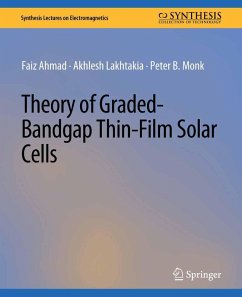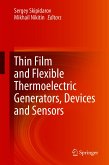Faiz Ahmad is a Lecturer in the Department of Physics at COMSATS University Islamabad, Pakistan. He received his M.Sc. (2010) and M.Phil. (2012) in Electronics from the Quaid-i-Azam University, Islamabad, Pakistan, and his Ph.D. (2020) in Engineering Science and Mechanics from The Pennsylvania State University, USA. His research interests relate to surface multiplasmonics and thin-film solar cells.
Akhlesh Lakhtakia is an Evan Pugh University Professor and the Charles Godfrey Binder (Endowed) Professor of Engineering Science and Mechanics at The Pennsylvania State University. He received his B.Tech. (1979) and D.Sc. (2006) in Electronics Engineering from the Institute of Technology, Ba naras Hindu University, and his M.S. (1981) and Ph.D. (1983) in Electrical Engineering from The University of Utah. He has been elected a Fellow of the American Association for the Advancement of Sciences, American Physical Society, Institute of Physics (UK), Optical Society of America, SPIE-The International Society for Optics and Photonics, Institute of Electrical and Electronics Engineers, Royal Society of Chemistry, and Royal Society of Arts. He was the Editor-in-Chief of SPIE's online Journal of Nanophotonics from its inception in 2007 through 2013. His current research interests include: electromagnetic fields in complex mediums, sculptured thin films, mimumes, surface multiplasmonics, electromagnetic surface waves, solar cells, forensic science, engineered biomimicry, and biologically inspired design.
Peter B. Monk is a Unidel Professor in the Department of Mathematical Sciences at the University of Delaware. He received his B.A. in Mathematics from Cambridge University, UK in 1978 and his Ph.D. in Mathematics from Rutgers University, NJ, USA in 1983. Since 1982 he has worked at the University of Delaware where he served as Chair of the department from 2007-2010. He is a Fellow of the Institute for Mathematics and its Applications in the UK. He is the author of Finite Element Methods for Maxwell's Equations (Ox ford, 2003) and co-author with F. Cakoni and D. Colton of The Linear Sampling Method in Inverse Electromagnetic Scattering (SIAM, 2011). His current research interests are the modeling and optimization of thin-film solar cells, inverse electromagnetic scattering, and finite element methods.









